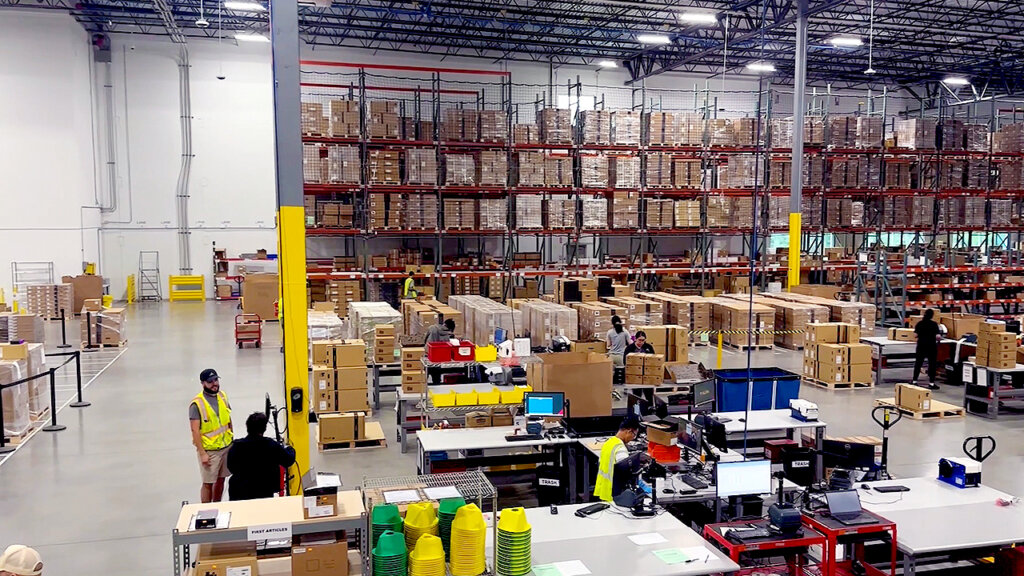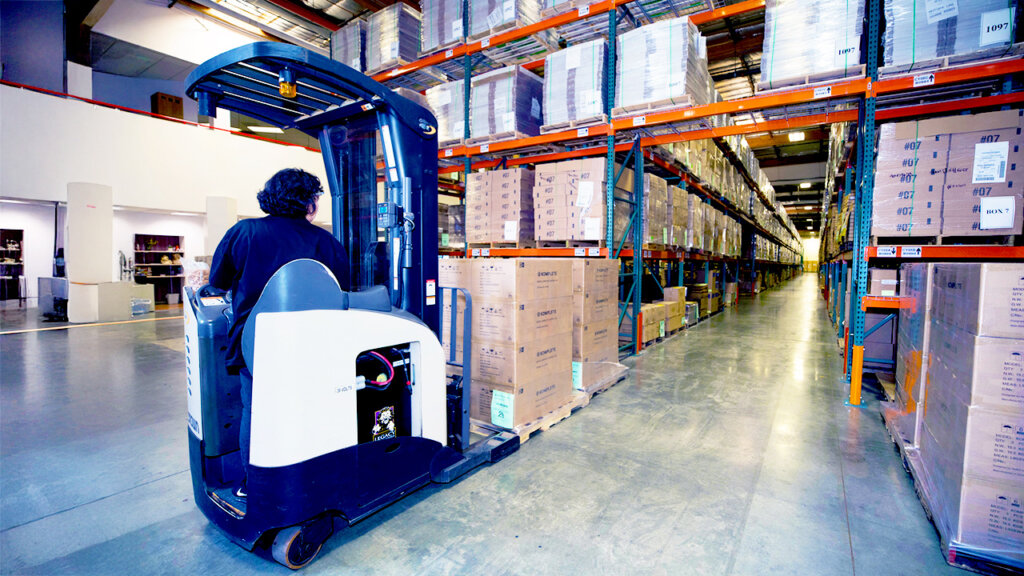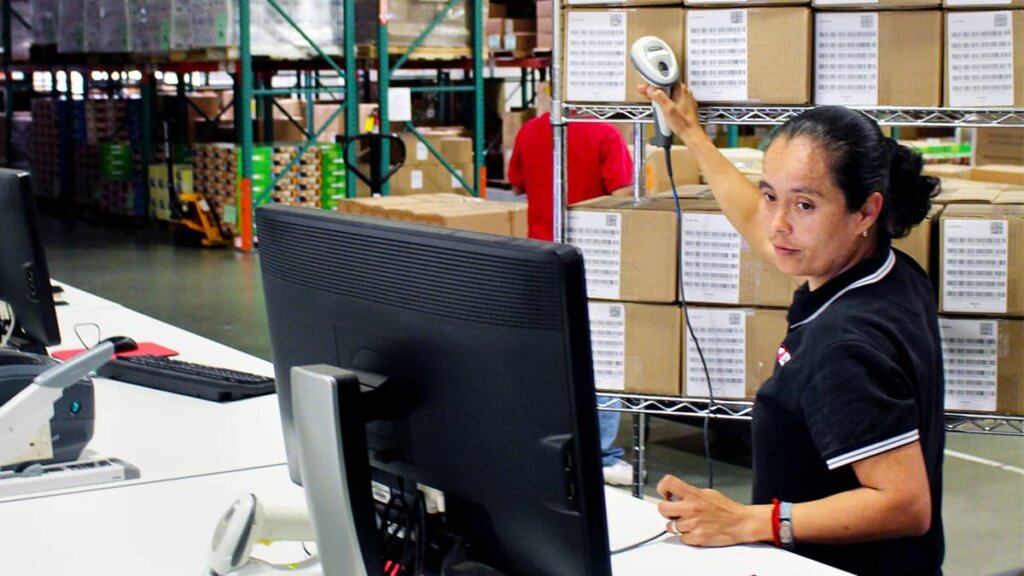I’ve been hitting the “Buy” button much more frequently these last months than ever before. I am not alone. Ecommerce has seen huge upswing, while traditional retailers saw a significant dip. Now we are all thinking that the face of retailing will shift for a long time to come. It opens up opportunities for companies that can make products come to life online, use online presentation tools, such as augmented reality, and create a user interface that is conducive to sales. But first and foremost, successful companies must set up an efficient logistics stream to fulfill the orders.
The upswing in ecommerce has been so significant that many delivery systems got overburdened. In reviewing the upswing during the Covid-19 crisis, a common estimate is that ecommerce took over an additional 4% of retail sales within a few weeks of the start of the crisis. We saw service levels drop dramatically with some retailers being selective about which products they even made available for shipping. Several weeks’ delay became and still is common as I saw when I wanted to order some recent goods online. I have to add that I have been tremendously proud of my staff who never missed even one order all through the Covid-19 crisis. It has been truly remarkable to see 100% on-time shipping.
The delivery services have also been overburdened and struggling with commitments, running around 50%-70% delivery to commitment.
Yet it is not only the channels that are changing. It is the core of demand that shifted, making some products and brands obsolete while others spiked. The perishables, the toilet tissue and the hand sanitizers definitely got attention in the press. But many other areas were heavily impacted by demand spikes, for instance home electronics, or by quite the opposite: a dramatic drop in demand. Who needs a new luxury purse or new Louboutin’s when unable to leave the house?
As we hopefully are exciting the true crisis part of the pandemic in many countries, and entering what we could call a trans-pandemic phase, the question is which of these shifts will continue?
Ecommerce ordering will continue. Consumers have embraced ecommerce, and it will be a while before a Covid-19 skittish population truly feels like going back to retail stores in large numbers. My bet is that the channel shift is here to continue and expand. Companies must continue to develop their online presence and their last-mile delivery system.
The specific demand shifts that we have seen will not necessarily continue. However, we will see faster and more unpredictable shifts happening all the time. So, what’s a poor supply chain professional to do to hedge the bets?
- Prioritize agility in the supply chain over saving the last penny in cost. Agility means being able to get the product to the consumer when and where the consumer needs it. It may require different channel partners, different distribution channels and different suppliers. Procurement leaders would do well to assign a group of leaders in their procurement team to design an agility strategy. This strategy could include prioritizing agility in RFP responses, in checking supplier references and even in getting priority treatment, such as priority line time, in case of demand spikes.
- Postpone final product configuration. Postponement strategy was prioritized during the 2008/09 downturn. Gradually, many companies shifted away from it. It is worth reconsidering this strategy to ensure product availability. It also drives inventory down. We have seen significant results for ALOM’s clients as we drive postponement strategies to meet customer demand without increasing inventory.
- Solid solutions to prevent a last-mile crisis. Now is a great time to review how to actually get products delivered in a manner and with a service level that supports the brand. There is freight, shipping and visibility in tracking to consider for service areas. There is accuracy, agility and reliability to consider on the execution side.
- Hire innovative and resource players inside and outside your team. Any crisis favors not just the agile, but also the innovative and resourceful players in the market place.
Finally, a word of advice to everyone in channel strategies. Channel strategies have often been about pushing product out into the channel. Today’s channel strategy needs to be less about pushing, than about assessing and adjusting. Truly listen to the market place real-time. We are in an extremely iterative and changing world, and we all better not just adjust, but find a way to thrive in that world.
Stay safe.













